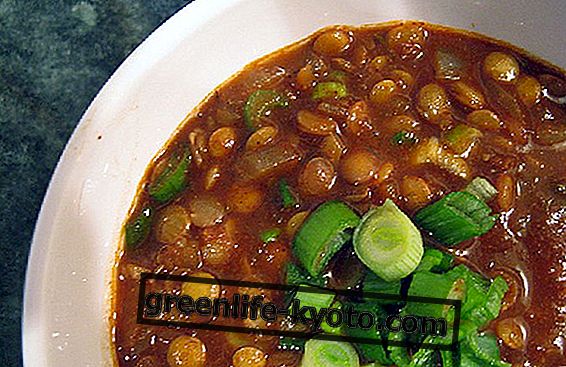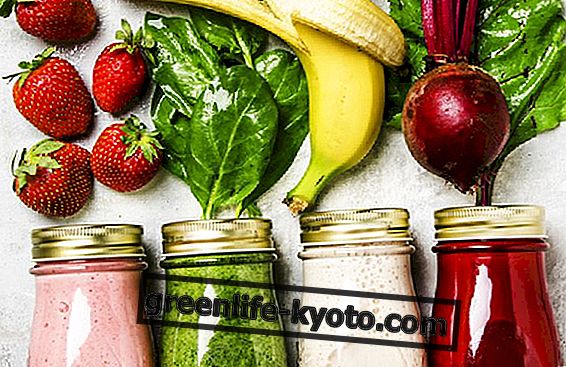
Egypt, in the African, Arab, Islamic and Mediterranean landscape, has a very strong and very different identity from the countries that surround it and with which it shares some cultural traits, including cuisine .
Its culture is in fact interconnected with the others but it is particularly independent in its own way and, even if the territory has been invaded several times, the identity is firm and stable, to the point of making pride and chauvinism emerge.
Food also has these characteristics: it is one of the elements of cultural identity, and some Eigiziani dishes can be found even in ancient hieroglyphics. Egyptian food is of the Egyptians, it does not come from outside, it is rooted, it is the Egyptian way .
After all, Egypt is a cultural island, an isolated people between two deserts, and this isolation has strengthened the identity.
The Arab influence has changed some habits and nowadays the style of eating more Middle Eastern food begins to take hold but, still, in the Egyptian way. The tourist here is at home, often with guided tours and rarely backpackers.
Egyptian cuisine: typical dishes
In Egypt we mainly eat three meals a day, the most important of which is lunch, during which meat is present, while dinner and breakfast are light meals . We love legumes, especially broad beans, cooked all night and kept in a special container and then turn them into a juicy puree with which to experiment infinite combinations adding spices, salt, oil, lemon and all possible ingredients and seasonings.
Still based on legumes, we find the good taameyas, which we could call fave felafel, although the Egyptians like to say that these existed before the felafel.
Each region expresses its character through food, and in Cairo everything mixes together creating a unique context . In the north we find the vine leaves filled with lemon and tomatoes in the street, while in Alessandria it is the fish to lord it; going south along the Nile, food becomes more traditional and is linked to the past and to ancient pre-Islamic events. Here are all the meats, except pork, especially beef and sheep, but also rabbits and poultry such as chicken, duck and pigeon .
Spices are the hallmark of Egypt and one of them can be predicted for weeks. Another typical dish is the koshari, in which we find pasta, rice, onion, a spicy sauce and acetate similar to ketchup, hummus and lentils .
The carcadè is the drink par excellence but in the seats you can also find infusions with rare and precious plants that are very popular in the Japanese markets.
Where to eat (on the street or in the restaurant)
The typical Egyptian family eats at home, where the food of the mother and grandmother, as in Italy, is unbeatable, but many washing machines and travelers resort to good old street food that never fails.
The tourist must know how to move: if he is a solitary traveler he must be very adaptable. People are very friendly and the Egyptians know how to accept with sometimes unbelievable generosity, with an attitude that smacks of religion: they are literally ready to take away their table food for the guest. If you are too demanding in terms of hygiene, street food can be a problem.
The markets are full of kiosks and taverns, restaurants for tourists never fail and Arab kilns can buy the inimitable local bread.
Not to be missed!
There are many things to try and not to miss in Egypt: the particular and very good black honey, which is found only here, is certainly a must.
If you pass by Cairo, it is essential to get lost in the Arab Islamic area of the old city : among those narrow streets we can taste special pounded lentil soups, with vegetables, garlic and lemon, ancient family recipes not found elsewhere.
The carcadè with cane juice is simply something delicious.
What to avoid
There is a type of fish put in salt, an ancient recipe, which in addition to the intense flavor has a pleasant smell. However it is nothing compared to a special cheese, called mish, with a very strong taste, almost spicy, matured with bacterial colonies already living in the time of the pharaohs.
Finally, it is good to know that some Nile fish are poisonous and that they are edible only in the hands of expert cooks.
Advice and curiosity
You are in Egypt, the atmosphere is unique, be curious and brave, get lost in the streets, drink at the kiosks, take advantage of one of the most economical kitchens, made up of Arabic, African, Nilotic, Mediterranean, Levantine, Arab and Coptic elements . When the Egyptians return to Egypt after a stay outside, they get 10 kilos ... there will be a reason no?













